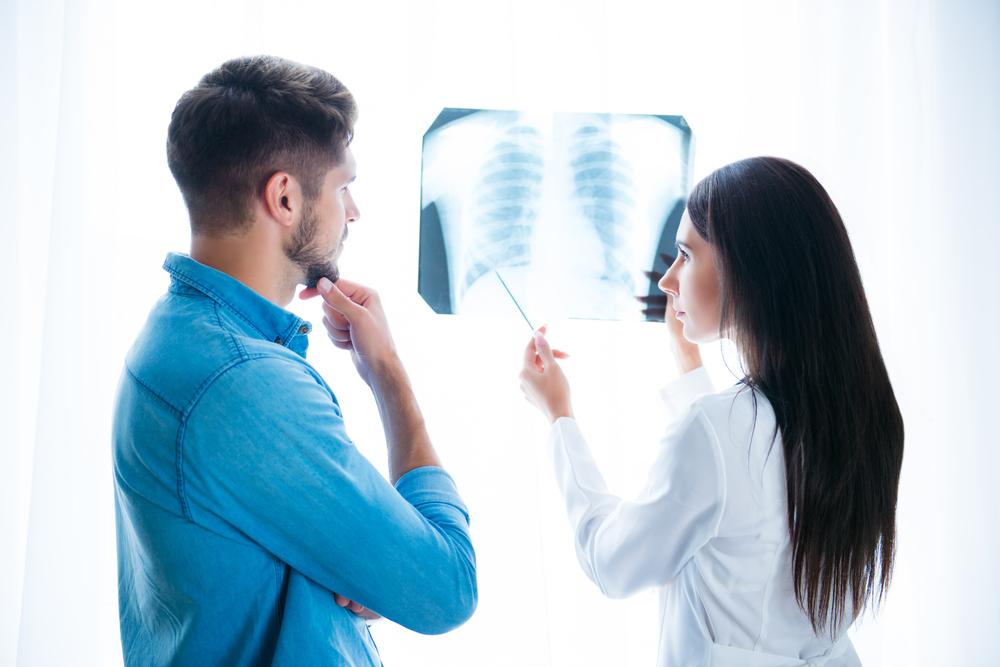4 Frequently Asked Questions About Emphysema

4 frequently asked questions about emphysema
A chronic lung condition, emphysema is a condition that comes under the chronic obstructive pulmonary disease (COPD). Emphysema is caused because of damaging of the air sacs lining the lungs. This leads to shortness of breath along with other symptoms that affect the lungs and the person’s immune system. Gradually, the inner walls of the air sacs deteriorate leading to air being trapped in the lungs. This significantly brings down the level of oxygen in the bloodstream. Often, people with emphysema tend to develop chronic bronchitis. This causes inflammation of the bronchial tubes and leads to persistent coughing. There is no permanent cure for emphysema. All treatments are geared toward improving the quality of life and extending emphysema life expectancy. Read on to know more about causes, symptoms, treatments, and emphysema life expectancy.
What are the causes of emphysema?
- Tobacco – One of the major causes of emphysema is tobacco. Smoking causes damage to the air sac linings of the lungs. An excessive consumption of tobacco can also destroy the protective air sac linings. This causes emphysema. Smoking and tobacco consumption increases the risk of emphysema.
- Alpha-1-antitrypsin (AAT) deficiency – The alpha-1-antitrypsin (AAT) is a naturally occurring protein that circulates in the bloodstream. This protein prevents the white blood cells from damaging the normal tissues. While these cells are important to fight off infections, a deficiency of AAT in the body can cause the cells to damage the lungs. This can lead to emphysema. The deficiency of AAT is usually a congenital condition that carries the risk of emphysema along with other disorders.
What are the symptoms of emphysema?
- One of the most common symptoms of emphysema is shortness of breath. This can be accompanied by wheezing and coughing caused because of the production of mucus. There are no acute episodes of shortness of breath. However, the symptoms may aggravate slowly over time.
- Another significant symptom is pursed lip breathing. An emphysema patient has difficulty in completely exhaling empty air trapped in the lungs. They tend to purse their lips that leaves a small opening. While exhaling, the pursed lips block the airflow, which increases pressure on the airways. This causes the collapsed airways to open up and the trapped air is exhaled out of the system.
- Emphysema patients often develop a barrel chest. The distance between the chest and back increases due to the air trapped in the collapsed airways.
What is the life expectancy of an emphysema patient?
- Emphysema life expectancy depends upon a number of factors. These include chronic smoking habit, excessive consumption of alcohol, age, gender, body weight, exposure to second-hand smoking and poisonous fumes, and pre-existing medical conditions, such as diabetes, HIV, connective tissue disorder, and heart problems.
- The stage of emphysema also determines the life expectancy of the person. Life expectancy of a 65-year-old man who is a heavy smoker and is in stage 1 or stage 2 of emphysema reduces by 3.3 to 5.7 years. The life expectancy of chronic smokers in stages 3 and 4 of emphysema reduces by nearly 9 years.
- The life expectancy of people who have quit smoking and are in Stage 2 or 3 of emphysema reduces by 5 years. In Stage 4, the life expectancy reduces by nearly 9 years.
Which treatments help in extending the life expectancy of emphysema patients?
- Medications – Doctors usually recommend medications in the following categories—bronchodilators, inhaled steroids, and antibiotics. Bronchodilators open up blocked airways and alleviate symptoms of shortness of breath, coughing, and other breathing problems. Inhaled steroids or corticosteroids are usually in the form of aerosol sprays. These give relief from inflammation and shortness of breath. Antibiotics are recommended if emphysema causes pneumonia or acute bronchitis.
- Therapy – Therapy includes pulmonary rehabilitation, nutrition therapy, and supplemental oxygen. Pulmonary rehabilitation therapy involves breathing exercises that can reduce symptoms of breathlessness and improve an emphysema patient’s ability to do light exercises. Nutritional therapy is required to maintain an adequate body weight as per the stage of emphysema.
- Surgery – Surgery is usually recommended based on the severity of emphysema symptoms. There are two major surgeries that can be done for emphysema—lung volume reduction surgery and lung transplant. In lung volume reduction surgery, small portions of damaged lung tissue are removed. The removal of the damaged portions helps the lung to expand and makes it easier to breathe. Lung transplant is usually recommended as a last resort when no other treatment works.
Tags: emphysema life expectancy



